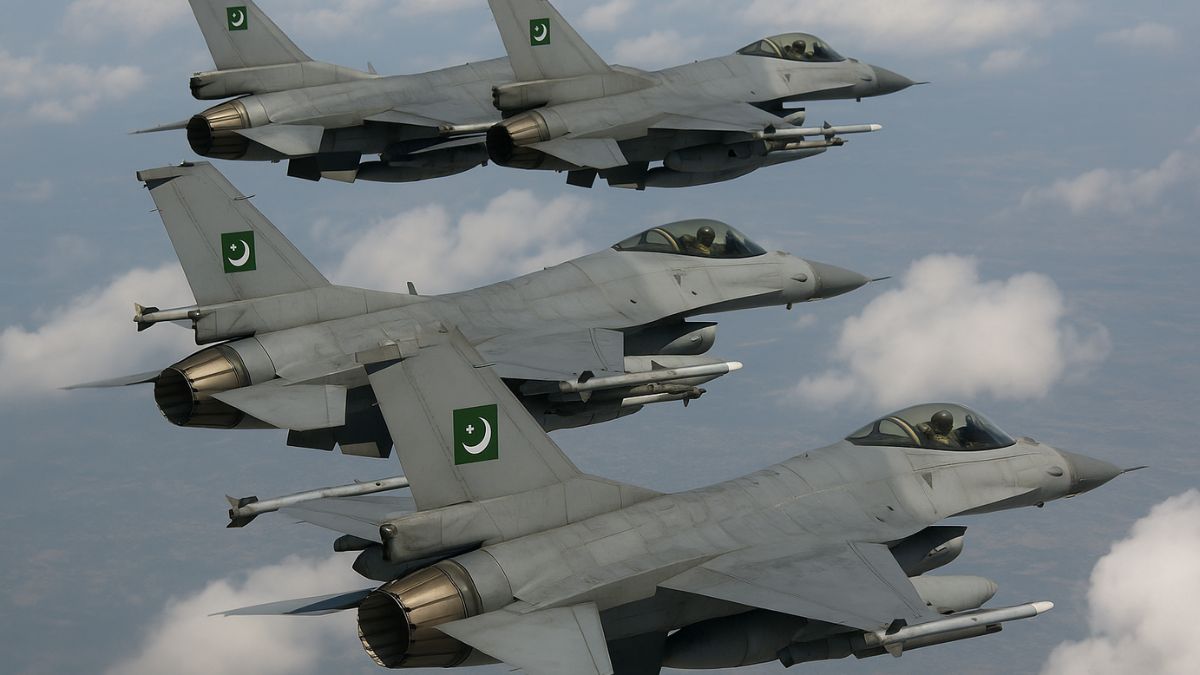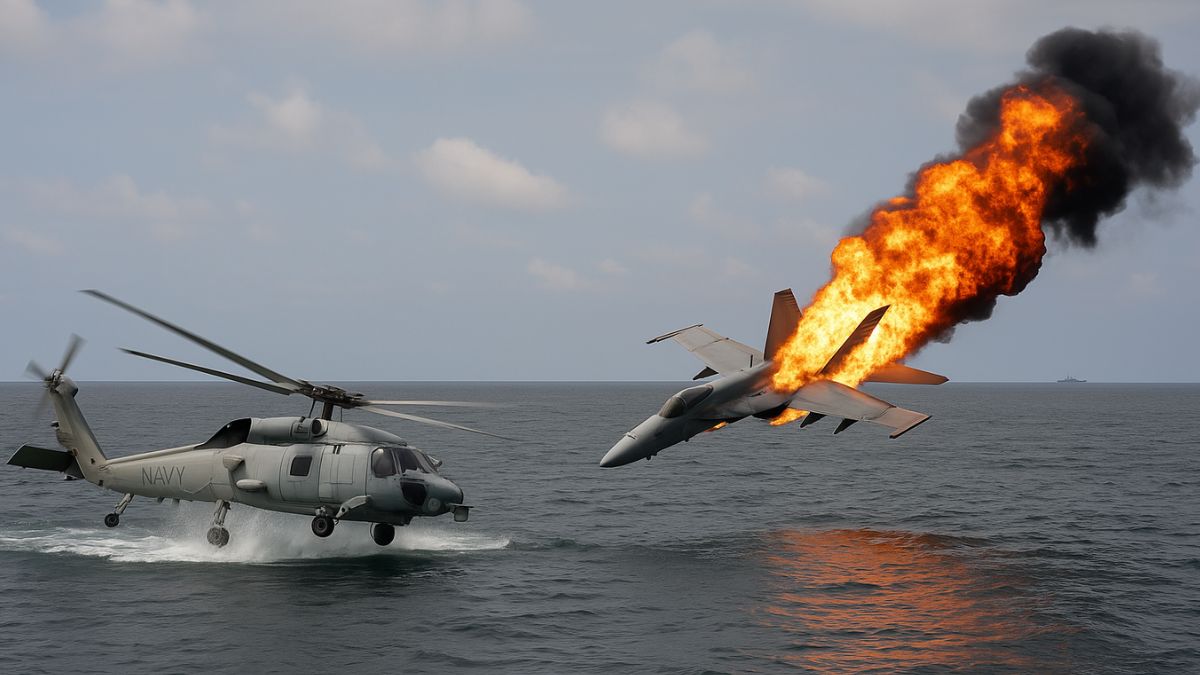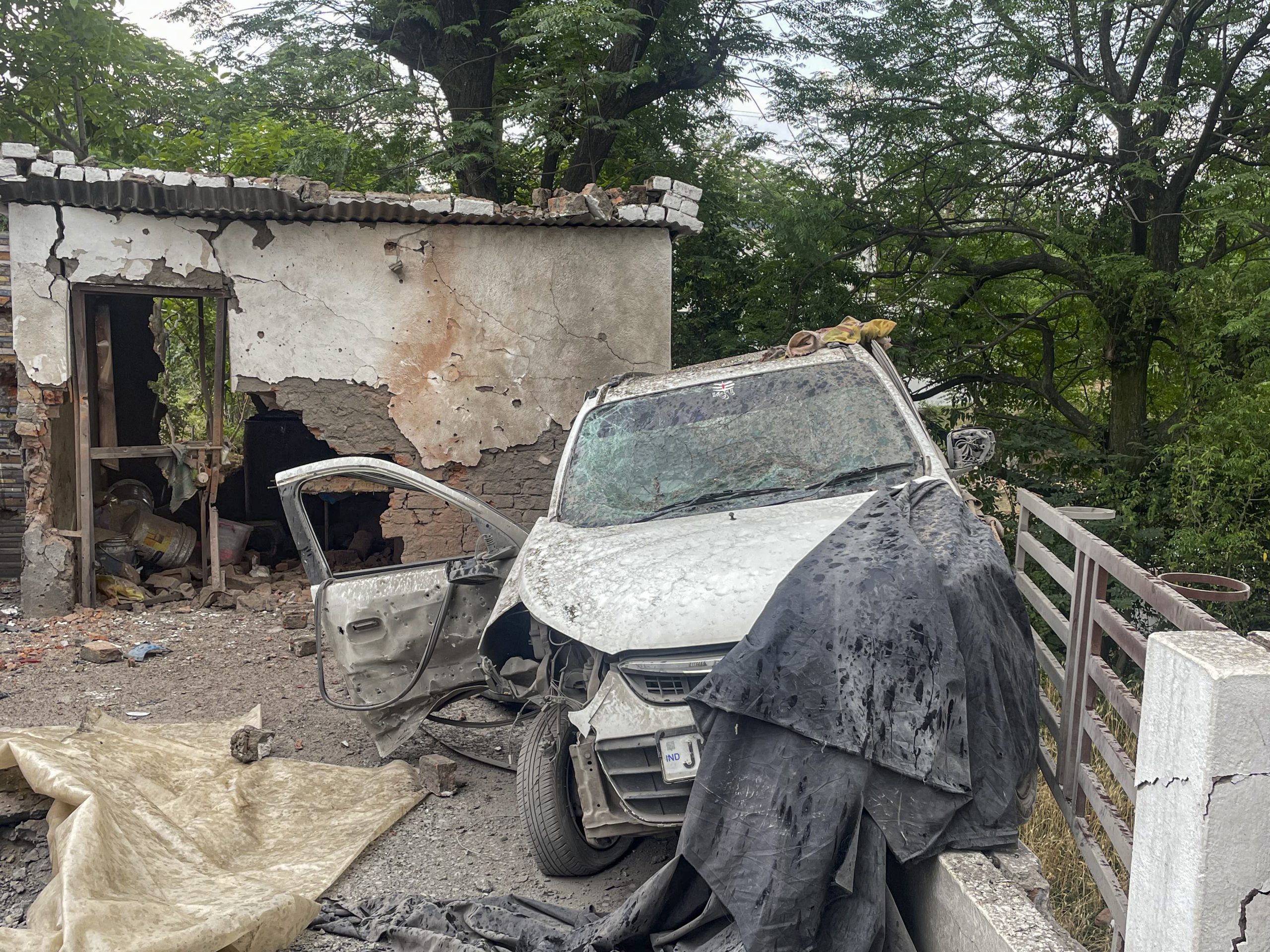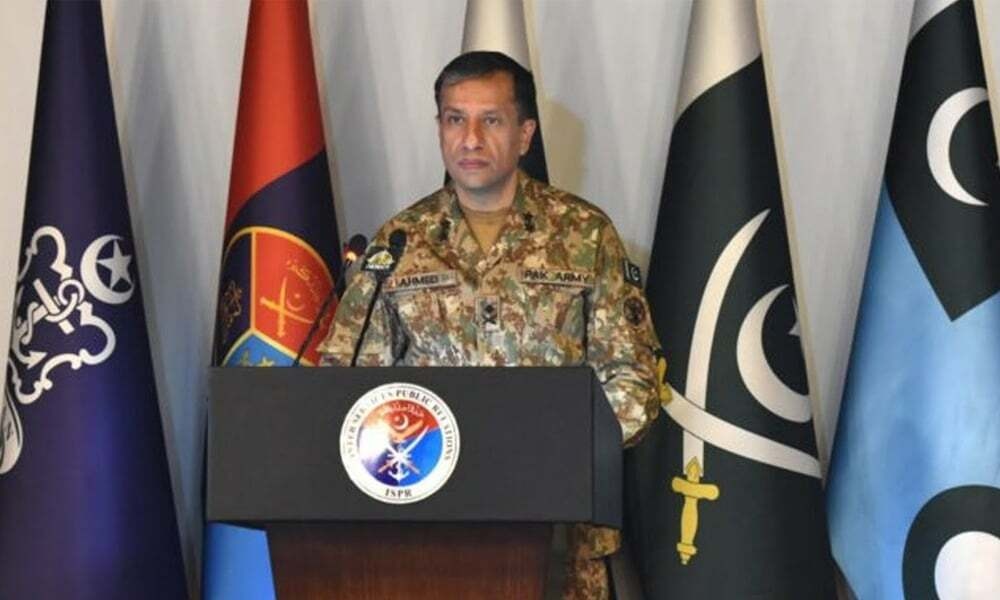China Trained, Pak Executed: Islamabad Used NATO-style air combat Tactics During Op Sindoor

New revelations have highlighted that Pakistan used NATO-style air combat tactics during Op Sindoor (Image Courtesy: Representative image made using AI)
While China has downplayed claims that said that it backed Pakistan during Operation Sindoor, new revelations point to Islamabad having used specialised tactics, which it learned from China. It must be recalled that Pakistani ex-army officer Adil Raja revealed that Army Chief General Asim Munir ordered the Pahalgam attack after a nod from China.
During India’s Operation Sindoor, which was a retaliatory strike post the April 22 Pahalgam terror attack, Pakistan is learnt to have likely used NATO-style aerial tactics learnt from the Chinese. A few days after the operation, China’s Foreign Minister Wang Yi had called Pakistan an “ironclad friend”.
Did China support Pakistan during India’s Operation Sindoor?
The country has always denied this, however, asserted that Pakistan is its close neighbour, and they enjoy a traditional friendship. Further adding that defence and security cooperation is part of the normal cooperation between the two countries and does not target any third party.
But before anybody dismisses China’s support to Pakistan during Op Sindoor, it is worth mentioning here that several credible inputs point to Beijing’s support to Islamabad. China’s arms/systems were used in the operations and the country is the largest source of Pakistani weapons (about 81%).
Now, a report in ThePrint highlights that Islamabad used NATO-style aerial tactics taught to them by China, who in turn learnt it from former Western air force pilots and operators. Beijing had been hiring them secretively over the last several years.
What are NATO-style aerial tactics that Pakistan used during Operation Sindoor?
Among many of such ways is the “launch-and-leave” in which the aircraft launching the missile remains cold and turns hot only when it is about to fire it. In this technique, while one aircraft launches a missile, another provides guidance.
In this tactic, the aircraft after launching the missile goes away to avoid any enemy fire. The missile is then taken over by another aircraft equipped with more advanced radar. This aerial attack style was developed by the Chinese. It is highly likely that the Chinese J-10s that Pakistan operates are capable of undertaking such operations.
How did China learn these NATO-style aerial tricks?
Over the years, Beijing has clandestinely recruited several foreign pilots and operators, especially from the Five Eyes countries – Australia, Canada, New Zealand, UK and the US. In 2022, the UK defence ministry had even claimed that their ex-military pilots were being lured to China with money.
Interestingly, the air force of Nazi Germany during World War II – Luftwaffe – carried out aerial warfare and these ex-pilots are now learned to be training the People’s Liberation Army Air Force (PLAAF) pilots.
Why is China recruiting former NATO pilots?
As per a joint bulletin put out by the US and its Five Eyes partners, “China’s (PRC) People’s Liberation Army (PLA) continues to target current and former military personnel from North Atlantic Treaty Organization (NATO) nations and other Western countries to help bolster the PLA’s capabilities.”
China is also engaging with private companies in South Africa and China to hire former fighter pilots from Canada, France, Germany, the UK, Australia, the US, and other Western nations to strengthen their pilots, better its air capabilities.







